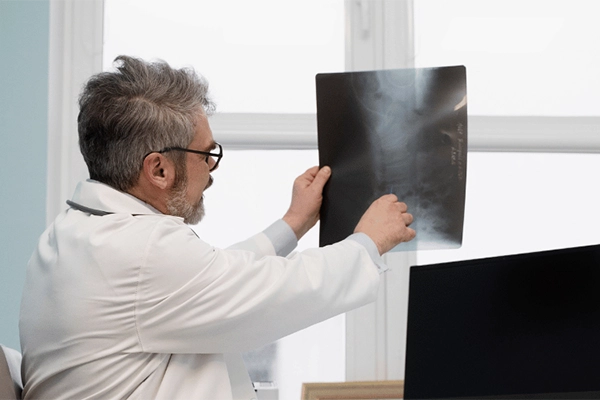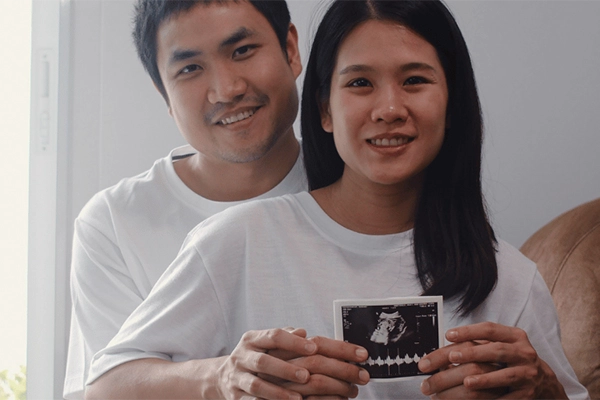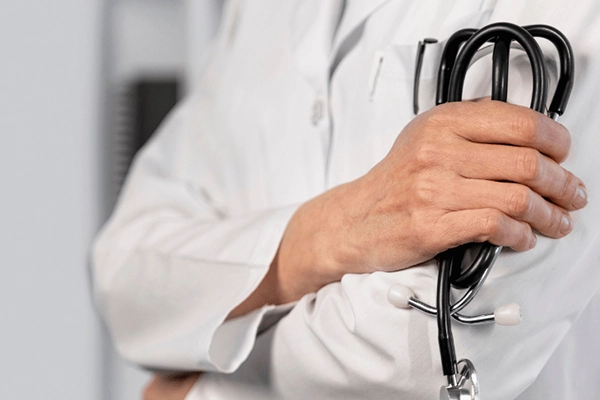Topics
Chronic pelvic pain is a common yet often misunderstood condition that affects many women, leading to discomfort, emotional distress, and disruptions in daily life. Defined as pelvic pain lasting six months or more, it can be caused by a variety of factors, ranging from reproductive health issues to gastrointestinal or urinary tract problems. Understanding these causes is essential in providing effective treatments. In this article, we will explore the potential causes of chronic pelvic pain and how Pantai Hospitals, a trusted medical facility, can help women manage this condition.
Is Endometriosis a Cause?
One of the most prevalent causes of chronic pelvic pain in women is endometriosis, a condition in which tissue similar to the lining of the uterus grows outside of it, often on the ovaries, fallopian tubes, or the lining of the pelvis. This misplaced tissue responds to hormonal changes during the menstrual cycle, causing inflammation, pain, and sometimes scarring. Women with endometriosis often experience pelvic pain that worsens during menstruation or intercourse.
Endometriosis is known for causing significant discomfort, including severe menstrual cramps, pain during or after sex, and chronic pelvic pain that persists throughout the month. The pain can vary in intensity, and some women may also experience infertility due to scarring in the pelvic area.
Can Ovarian Cysts Cause Chronic Pelvic Pain?
Ovarian cysts are fluid-filled sacs that develop on the ovaries and are relatively common among women of reproductive age. While many ovarian cysts are asymptomatic, larger cysts or those that rupture can cause significant pelvic pain. This type of pain can be sudden, sharp, and may be accompanied by nausea, vomiting, and changes in menstruation. In most cases, ovarian cysts resolve on their own, but some women may require treatment if the cyst is large or causes persistent pain.
Are Fibroids also A Cause?
Uterine fibroids are non-cancerous growths that develop in or around the uterus. These fibroids can cause pelvic pain, especially when they press on surrounding organs. Women with fibroids may experience heavy menstrual bleeding, lower back pain, and pelvic pressure or pain.
Fibroids vary in size, and not all women with fibroids experience symptoms. However, when fibroids cause pain or discomfort, they can be treated through medications or surgical procedures such as myomectomy or hysterectomy.
Do Bladder Conditions Contribute to Chronic Pelvic Pain?
Bladder conditions such as interstitial cystitis (IC) or urinary tract infections (UTIs) can also cause chronic pelvic pain in women. IC, also known as painful bladder syndrome, results in bladder pressure and pain that can radiate to the pelvic region. UTIs are common and can lead to pelvic discomfort, along with frequent urination and a burning sensation. Chronic bladder conditions can significantly impact daily activities and lead to ongoing pelvic pain. Proper diagnosis is crucial for managing these conditions effectively.
Can Musculoskeletal Issues Cause Chronic Pelvic Pain?
Pelvic pain may not always be related to reproductive or urinary health; it can also result from musculoskeletal issues. Pelvic floor dysfunction, a condition in which the muscles supporting the pelvic organs do not work properly, can lead to chronic pelvic pain. This dysfunction may be caused by trauma, childbirth, or injury to the pelvic muscles. Treatment for musculoskeletal pelvic pain often involves physiotherapy, lifestyle changes, and sometimes surgical intervention.
Do Psychological Factors Play a Role in Chronic Pelvic Pain?
Chronic pelvic pain can also be exacerbated by psychological factors such as stress, anxiety, or depression. Women with chronic pelvic pain may find that their emotional health is intertwined with their physical symptoms, leading to a cycle of pain and distress. Psychological counselling and stress management techniques can be helpful in managing this aspect of pelvic pain.
Frequently Asked Questions (FAQs)
1. What are the common treatments for chronic pelvic pain in women?
Treatment options may include pain relief medication, hormonal therapy, physical therapy, and in some cases, surgery. Consulting a healthcare provider at Pantai Hospitals can help determine the best course of action based on the cause of the pain.
2. Can pelvic pain affect fertility?
Yes, conditions like endometriosis and pelvic inflammatory disease (PID) can cause scarring, leading to fertility problems. Early diagnosis and treatment can help improve fertility outcomes.
3. Is chronic pelvic pain linked to menstruation?
In many cases, chronic pelvic pain is associated with menstruation, especially in conditions like endometriosis or fibroids, which cause pain during periods.
4. Can stress cause pelvic pain?
Yes, stress can exacerbate chronic pelvic pain. Stress management techniques such as therapy or meditation may help alleviate symptoms.
5. How can pelvic pain be diagnosed?
Diagnosis typically involves a combination of medical history review, physical examinations, imaging tests, and sometimes laparoscopy. Pantai Hospitals provides comprehensive diagnostic services to identify the underlying causes of pelvic pain. Early intervention can significantly improve your chances of recovery.
Book an Appointment at Pantai Hospitals
A dedicated and expert team of Gynaecologists at Pantai Hospitals is available for consultation to provide professional advice and guidance on preventing and treating pelvic pain. If you are experiencing symptoms such as pelvic pain, please reach out to your nearest Pantai Hospitals by making an appointment through our website, or download our MyHealth360 application from Google Play Store or Apple App Store.
Pantai Hospitals have been accredited by the Malaysian Society for Quality in Health (MSQH) for its commitment to patient safety and service quality.












